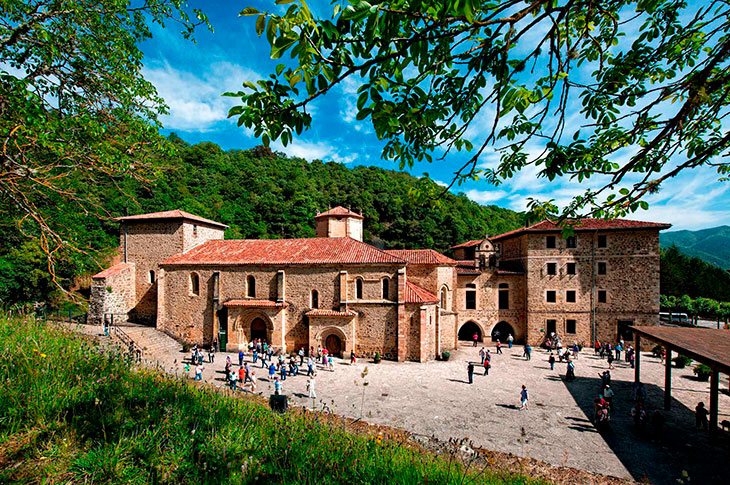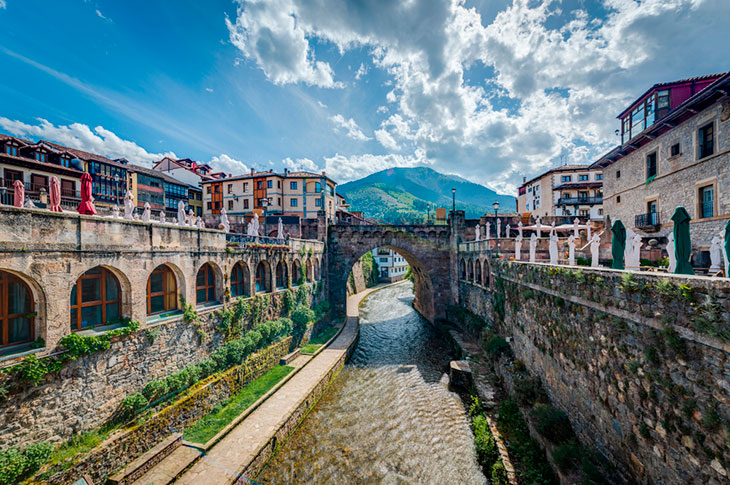Camino Lebaniego: a journey between spirituality and the natural beauty of Picos de Europa
This road in Cantabria consolidates its position as a key destination for religious tourism in Spain.
330 million people travel every year for religious reasons and Spain, with its vast historical, cultural and spiritual wealth, is positioned as one of the main destinations in Europe, with routes that attract pilgrims from all over the world. This year the Camino Lebaniego, in Cantabria, celebrates its tenth anniversary as a World Heritage Site, coinciding with the Jubilee of Religious Tourism, whose epicenter will be the Monastery of Santo Toribio de Liébana, one of the holy places of Christianity.

Located in Cantabria, in northern Spain, the Camino Lebaniego stands as a living testimony of the intersection between the spiritual, the cultural and the historical. Its relevance lies in the custody and veneration of the Lignum Crucis, the largest fragment of the cross on which Jesus was crucified and which is preserved in the Monastery of Santo Toribio de Liébana, in the heart of the Picos de Europa The Camino Lebaniego, which has seen an influx of pilgrims since the Middle Ages, offers more than a spiritual journey, since its route runs from the Cantabrian coast, at the beginning, to the Picos de Europa, in its final stretch.

The 72 kilometers that separate San Vicente de la Barquera from the Monastery of Santo Toribio de Liébana, are surrounded by landscapes of mountains, valleys and rivers, being able to explore picturesque towns, such as Potes, considered one of the most beautiful villages in Spain. Pilgrims can even join the North (or Coastal) and French Ways of the Camino de Santiago, from the León and Palencia routes that recall the historical ties of the diocese of Liébana with the kingdoms of León and Castile. In addition, the region offers a rich gastronomy based on local products, such as cocido lebaniego and artisan cheeses. The Monastery of Santo Toribio de Liébana, which has been chosen as the site of the Universal Jubilee of Tourism 2025 in Spain, is part of the select group of five Christian holy places that grant the privilege of the Jubilee, along with Rome, Santiago de Compostela, Caravaca de la Cruz and Jerusalem. Cantabria is the only region in the Christian world with two UNESCO World Heritage pilgrimage routes: Camino del Norte and the Camino Lebaniego, proposals to discover the faith, culture and history of Spain and to encourage the revitalization of rural areas and promote the preservation of a unique heritage.

